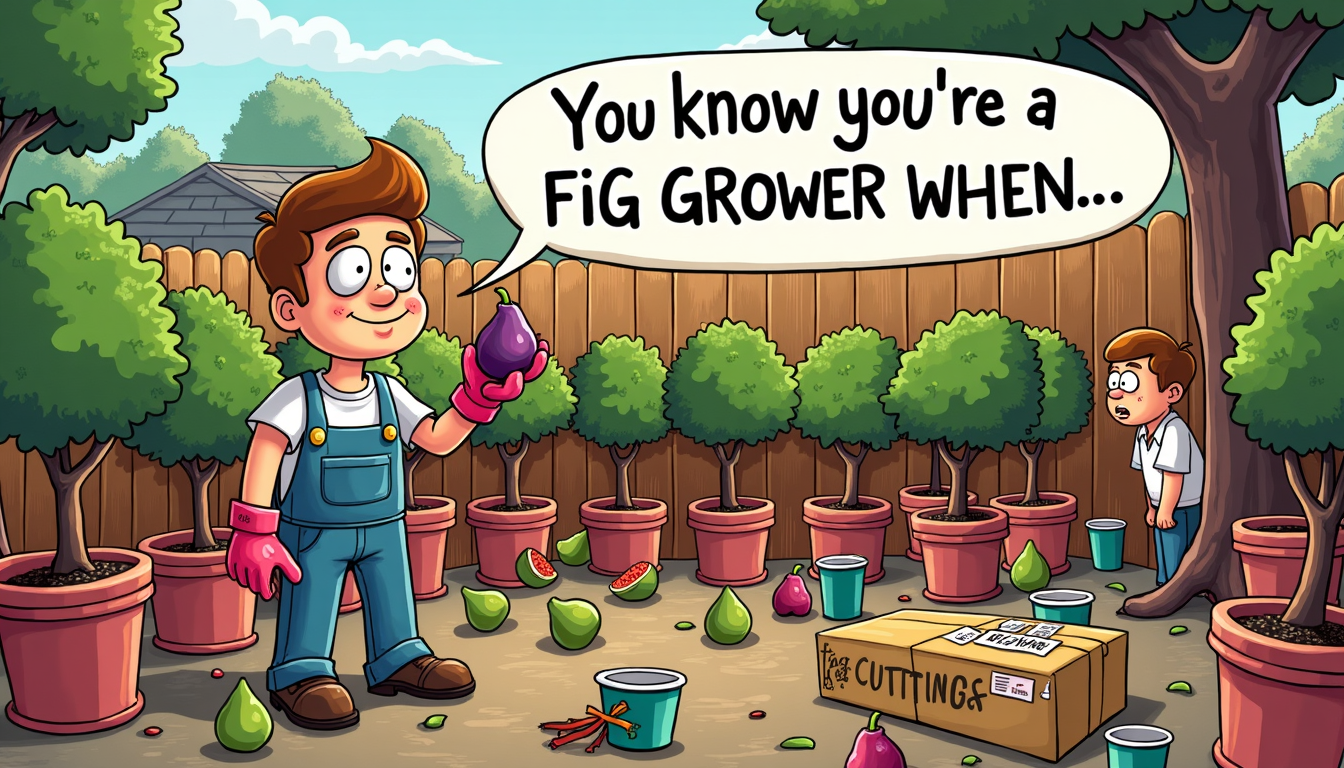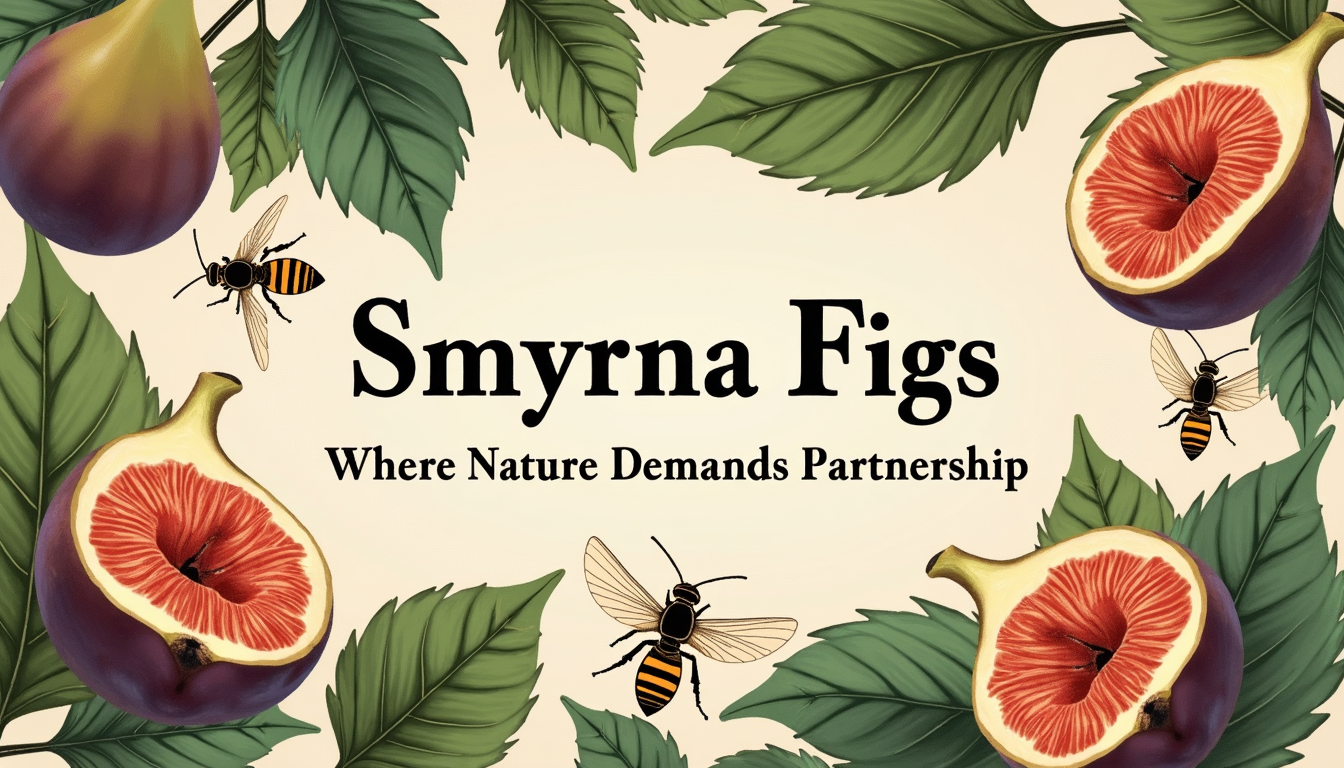
Discovering the Kadota Fig: A Sweet and Versatile Variety
Rigo • 12 Jul 2024 • 526The Kadota fig, a beloved variety among fig enthusiasts, has a rich history and a versatile profile that makes it a favorite for both fresh consumption and culinary applications. Known for its sweet flavor and distinctive appearance, the Kadota fig offers a delightful experience for anyone interested in figs. Let's explore the characteristics, history, and uses of this unique fig variety.
The Kadota fig is easily recognizable by its pale green to yellow skin and its amber to light pink flesh. It is often referred to as the "white fig" due to its lighter color compared to other fig varieties. The fruit is medium to large in size, with a slightly flattened shape. When perfectly ripe, Kadota figs have a honey-like sweetness and a smooth, creamy texture that is simply irresistible.
Historical Background
The Kadota fig has a long and storied history. It is believed to have originated in Italy, where it is known as the Dottato fig. From there, it spread to other Mediterranean regions and eventually made its way to the United States. The fig was introduced to California in the late 19th century, where it found an ideal growing environment. Today, California is one of the leading producers of Kadota figs in the world.
Cultivation and Growing Conditions
Kadota figs are well-suited to warm, dry climates. They thrive in USDA hardiness zones 8-11, where they can enjoy long, hot summers and mild winters. The trees are relatively hardy and can tolerate brief periods of cold weather, although they prefer a more temperate environment.
When growing Kadota figs, it's essential to provide them with well-drained soil and plenty of sunlight. The trees should be planted in a location that receives at least six to eight hours of direct sunlight daily. Regular watering is crucial, especially during the growing season, to ensure healthy fruit development.
Uses and Culinary Applications
The versatility of Kadota figs makes them a valuable addition to any kitchen. Their sweet flavor and tender texture lend themselves well to a variety of culinary uses. Here are some popular ways to enjoy Kadota figs:
- Fresh Consumption: Kadota figs are delicious when eaten fresh off the tree. Their natural sweetness makes them a perfect snack or addition to fruit salads.
- Preserves and Jams: The high sugar content of Kadota figs makes them ideal for making preserves and jams. The figs break down beautifully during cooking, resulting in a rich, spreadable consistency.
- Baking and Desserts: Incorporate Kadota figs into baked goods like tarts, cakes, and pastries. Their sweetness complements a variety of flavors, from rich chocolates to tangy citrus.
- Savory Dishes: Pair Kadota figs with savory ingredients like cheeses, meats, and salads. They add a unique sweetness that balances well with salty and tangy components.
Nutritional Benefits
Kadota figs are not only delicious but also packed with nutritional benefits. They are an excellent source of dietary fiber, which aids in digestion and helps maintain healthy cholesterol levels. The figs are also rich in essential vitamins and minerals, including vitamin A, vitamin K, potassium, and calcium. Additionally, Kadota figs contain antioxidants that help protect the body against free radicals and support overall health.
Growing Kadota Figs at Home
If you're interested in growing Kadota figs at home, you'll be pleased to know that they are relatively easy to cultivate. Start by selecting a healthy young tree from a reputable nursery. Plant the tree in a sunny location with well-drained soil, and water it regularly. With proper care, your Kadota fig tree will begin to produce fruit within a few years.
Pruning is essential to maintain the shape and productivity of the tree. Prune in late winter to remove any dead or diseased branches and to shape the tree. This encourages new growth and helps ensure a bountiful harvest.








